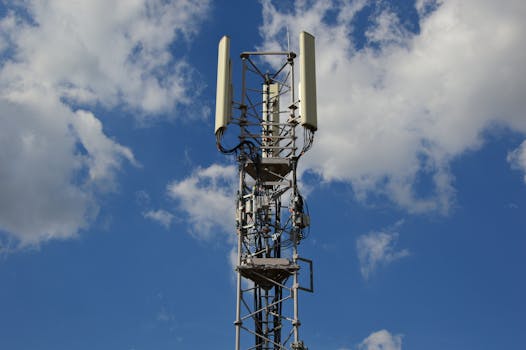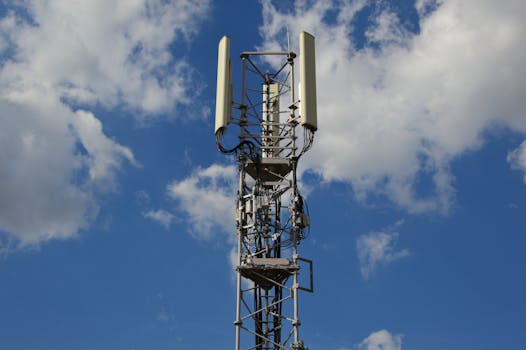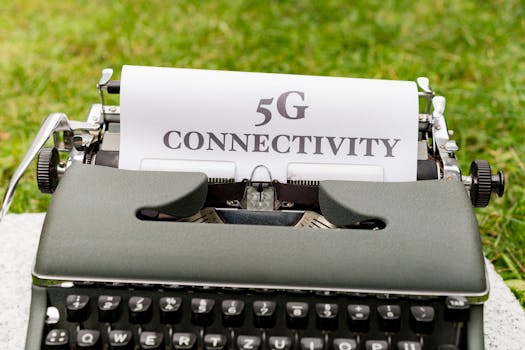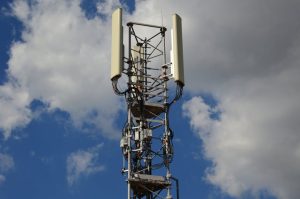
5G Rollout: Opportunities and Challenges for Providers
5G rollout is a significant milestone in the evolution of wireless communication, offering 5G rollout unprecedented opportunities for providers to deliver high-speed, low-latency services to their customers. However, the rollout also poses significant challenges that providers must address to ensure a seamless and efficient deployment. In this article, we will explore the opportunities and challenges of the 5G rollout and what it means for providers.
Opportunities for 5G Providers

The 5G rollout presents numerous opportunities for providers, including:
- Enhanced Customer Experience: 5G networks offer faster data speeds, lower latency, and greater connectivity, enabling providers to deliver a better customer experience.
- New Revenue Streams: 5G networks enable providers to offer new services, such as IoT, mission-critical communications, and enhanced mobile broadband, creating new revenue streams.
- Increased Efficiency: 5G networks are designed to be more efficient than their predecessors, reducing operational costs and enabling providers to allocate resources more effectively.
Challenges for 5G Providers

While the 5G rollout presents numerous opportunities, it also poses significant challenges, including:
- Infrastructure Investment: Deploying 5G networks requires significant investment in new infrastructure, including cell towers, small cells, and fiber optic cables.
- Spectrum Allocation: 5G networks require access to new spectrum bands, which can be a complex and time-consuming process.
- Security Concerns: 5G networks introduce new security risks, such as increased vulnerability to cyber threats and data breaches.
Addressing the Challenges of 5G Rollout

To address the challenges of the 5G rollout, providers must:
- Develop Strategic Partnerships: Collaborate with other providers, vendors, and industry experts to share resources, expertise, and risk.
- Invest in Infrastructure: Allocate sufficient resources to deploy new infrastructure, including cell towers, small cells, and fiber optic cables.
- Implement Robust Security Measures: Develop and implement robust security measures to protect against cyber threats and data breaches.
Conclusion

In conclusion, the 5G rollout presents significant opportunities for providers, but also poses substantial challenges. To succeed, providers must be aware of the opportunities and challenges and develop strategies to address them. By doing so, providers can ensure a seamless and efficient deployment of 5G networks, delivering high-speed, low-latency services to their customers and driving business growth.


